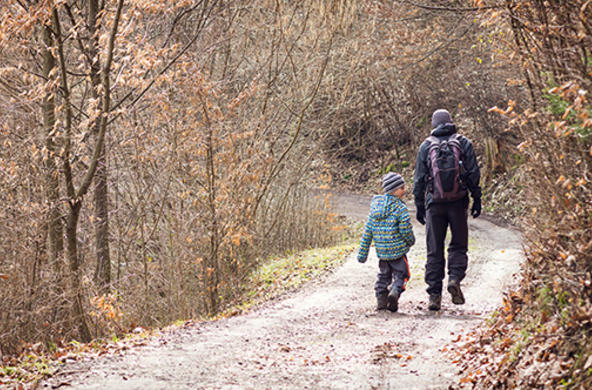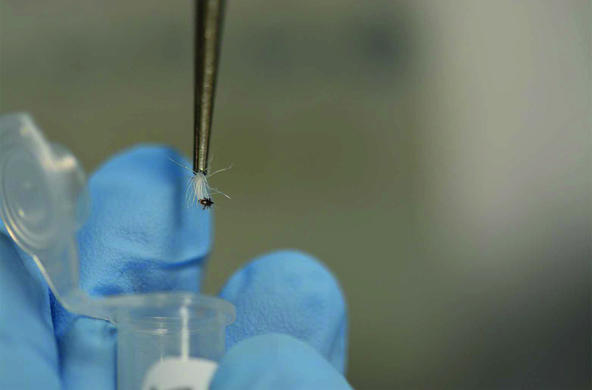It will probably be a couple of years before we know whether the pandemic drove Lyme disease rates up because people have been spending more time walking outdoors. But labs that test ticks for the disease offer hints — and it looks like Lyme numbers will be up this year.
“From the data we are currently analyzing it looks like there was a 6% increase in Lyme disease exposure,” said Saravanan Thangamani, a professor of microbiology and immunology at SUNY Upstate Medical University in Syracuse.
Thangamani’s lab has been testing ticks for Lyme and other diseases carried by the blood sucking bugs since July 2019. When he and his colleagues counted up the number of ticks of any kind — including dog ticks, deer ticks and lone star ticks — sent in for testing, they found the overall number that had bitten a human between July and December 2019, compared to that same period in 2020, had increased. They also found that the numbers of ticks that were positive for Lyme had risen.
Unfortunately, the team doesn’t have numbers to compare spring 2019 to spring 2020, the time when deer ticks are most abundant. However, the University of Massachusetts, Amherst, lab does have numbers for that time period and they are telling.
Comparing early spring 2019 to early spring 2020, the number of ticks sent in for testing shot up: 226 versus 773 in March and 1,666 versus 2,051 in April. As for May and June, the UMass lab had to cut back and furlough staff, so there weren’t accurate numbers for those months.
Why experts are concerned about Lyme disease during the pandemic
Richard Ostfeld, who has studied tick populations from year to year, was concerned when the nation went into lockdown.
“I have two areas of concern about how the COVID pandemic could be affecting Lyme disease,” said Ostfeld, a scientist at the Cary Institute of Ecosystem Studies in Millbrook, New York. “One is the potential for the reportedly increased amount of time people spent outdoors, mostly in and around their neighborhoods, to increase the likelihood of encountering a tick.”
Ostfeld said that people who get Lyme are usually exposed to ticks in their neighborhoods, as opposed to trips to the wilderness. And this year many people opted to stay local, walking, gardening and picnicking rather than taking a summer trip somewhere or going to the gym, he added.
“The other concern was that many people experiencing symptoms of Lyme — including fever, chills, muscle aches, lethargy, but NOT respiratory symptoms — would be reluctant to seek medical care, owing to concerns about exposure to COVID at the doctor’s office/clinic,” Ostfeld said. “This could result in cases going undiagnosed and untreated, which makes Lyme disease much more serious and hard to treat later on.”
How to reduce your risk of Lyme disease:
There are ways to minimize your chances of being bitten by a tick carrying Lyme disease, experts say.
“Here are five simple steps to ‘Be Tick AWARE’ and protect yourself and pets from contracting Lyme disease or other tick-borne illnesses,” Sara V. Tyghter, director of education and outreach at the Global Lyme Alliance, said in an email.
- Avoid areas where ticks live, like grassy, brushy or wooded areas.
- Wear appropriate clothing: light-colored fabric, long-sleeved shirt and pants, and tuck socks into your pants.
- Apply an EPA-approved repellent (for example, Picaridin or DEET) on skin and permethrin to clothing and shoes as directed.
- Remove clothing upon arriving home; toss into dryer at a high temperature (10 - 15 min.) before washing.
- Examine yourself and pets for ticks daily. Check everywhere — ticks love to hide.
- Shower as soon as possible after being outdoors.
People taking advantage of the outdoors should also realize that even in the cold weather, it’s still possible to be bitten by a tick. Ticks are most active from April - September, but the little blood suckers apparently are good at hiding out under leaves and other debris waiting for a break in the weather. So it always pays to beware and be careful.






